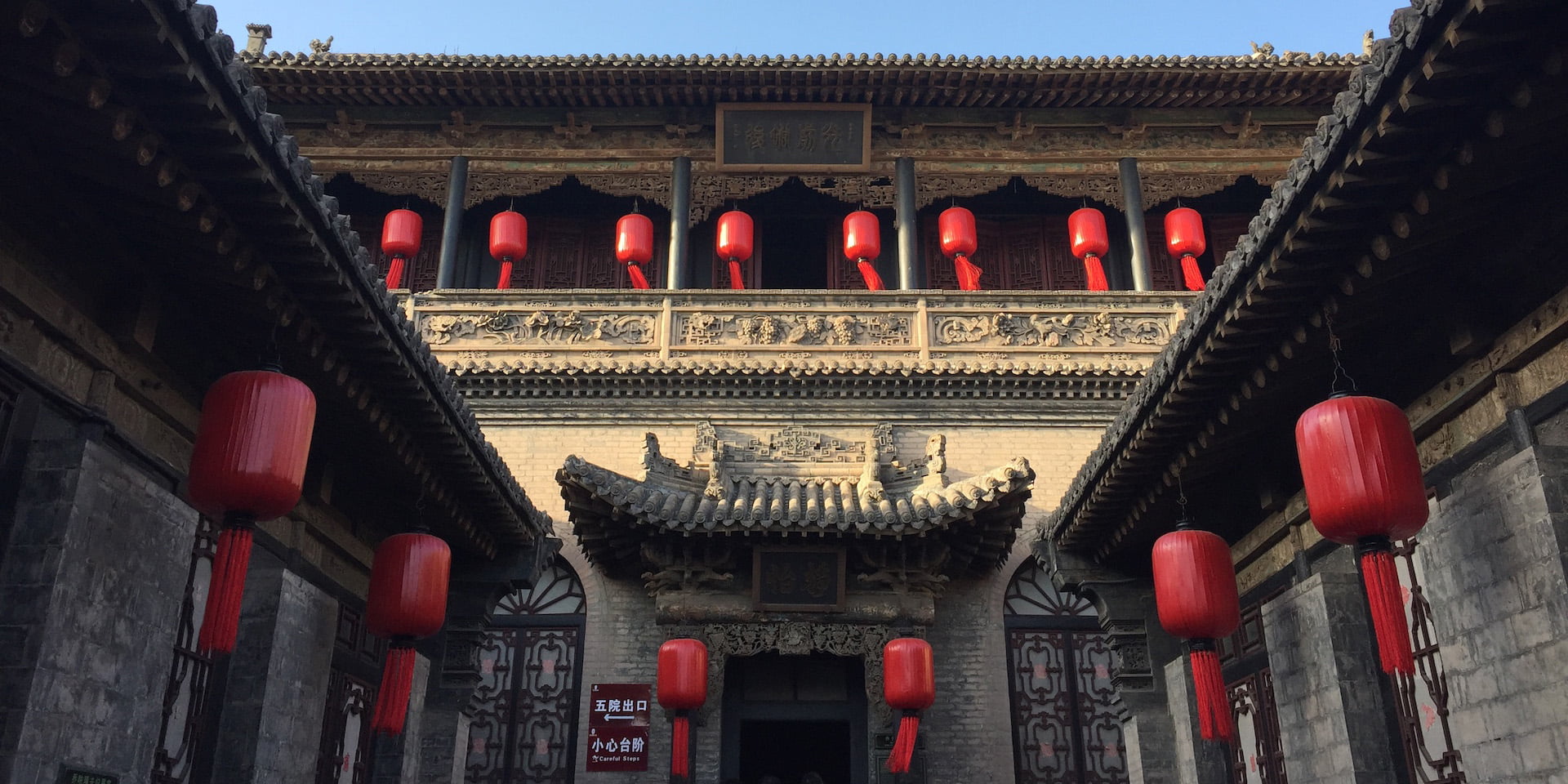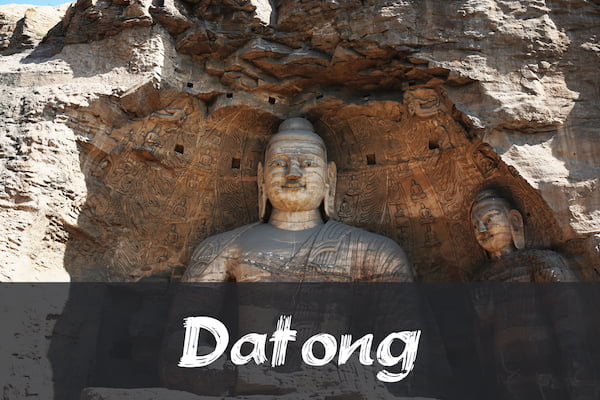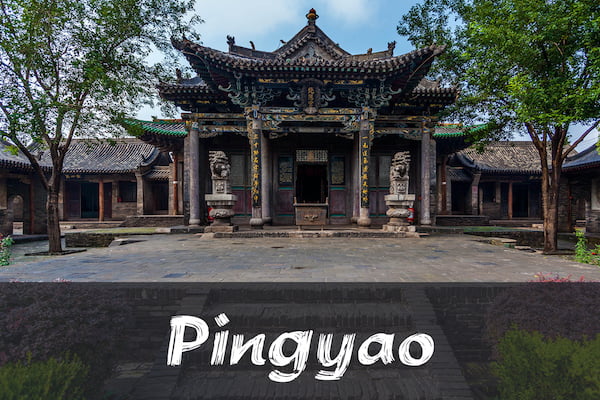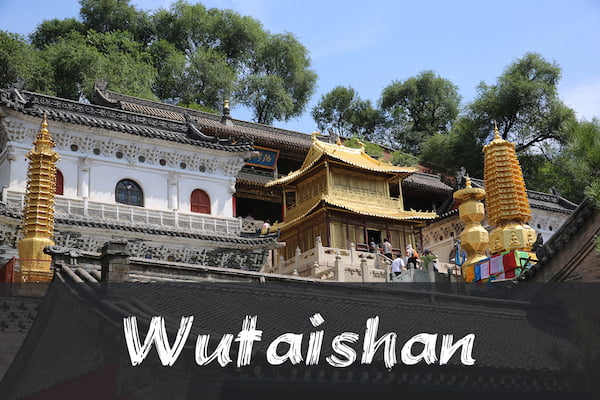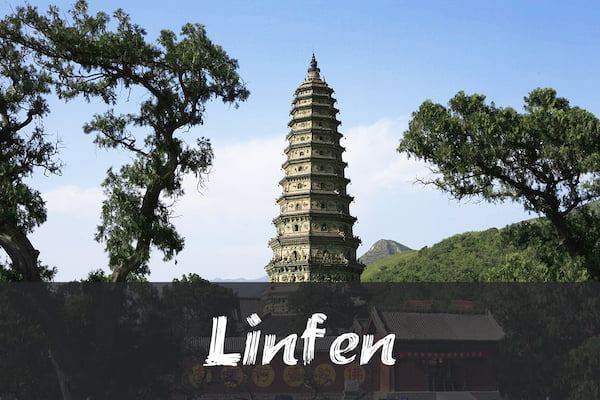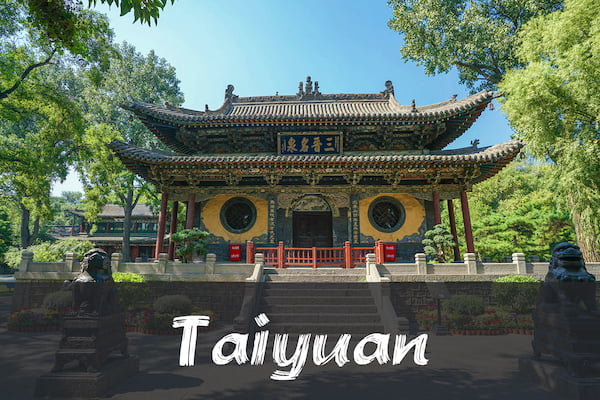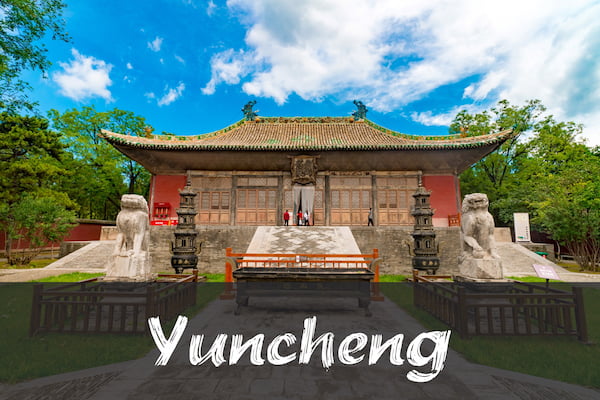
Shanxi is also known for having the largest number of historical buildings among all Chinese provinces, possessing over 70% of China’s surviving buildings built during or predating the Song dynasty. It just lies between Beijing and Xi’an, which makes it the best connecting destination for travelers who want an extra stop before going to Xi’an.
For travelers who love history and ancient buildings, Shanxi is the best destination. Usually, we recommend two cross-land tours to our clients: first, a highlight tour visiting Datong, Wutaishan, and Pingyao; and the second, a panoramic tour from the north to the south of the provinces, Datong, Wutaishan, Pingyao, Linfen, Yuncheng and then going to Mount Huashan and Xi’an.
For luxury travelers, Shanxi is not a highly developed province like Beijing or Shanghai. There are international hotels in some cities, such as InterConitinental Taiyuan and Pullman Taiyuan, Marriott Hotel in Wutaishan, and Novotel in Yuncheng. In cities like Datong and Pingyao, local boutique hotels like Jing’s Residence and Yunjincheng Mansion in Pingyao, and Yunzhong Traditional Courtyard in Datong are the best choices.

